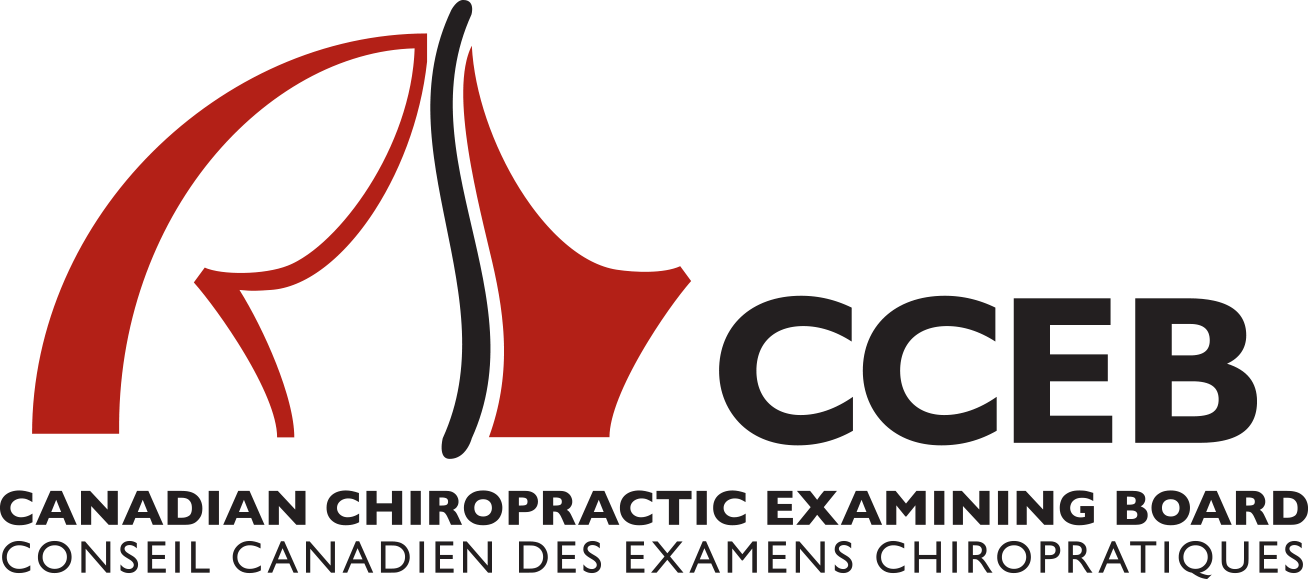8. A 58-year-old man is at the chiropractic office with complaints of constant generalized back pain that he feels extends into his ribs. He is also feeling fatigued and unwell. The symptoms have been gradually progressing over the course of the past year and have now become constant and daily. He finds that even at night his back and ribs are generally achy. He remarks that he has noticed himself losing weight for no particular reason, and is concerned about this. He has never smoked, and generally has a good diet. He used to walk regularly, but now he finds that he does not have the energy to, or when he does his back and ribs ache worse. On examination, the chiropractor finds some motion palpation restrictions in the lumbar and thoracic spine, along with some tender and tight points along the spinal erectors; otherwise, his examination was unremarkable. What kind of pathology does this patient likely have?
